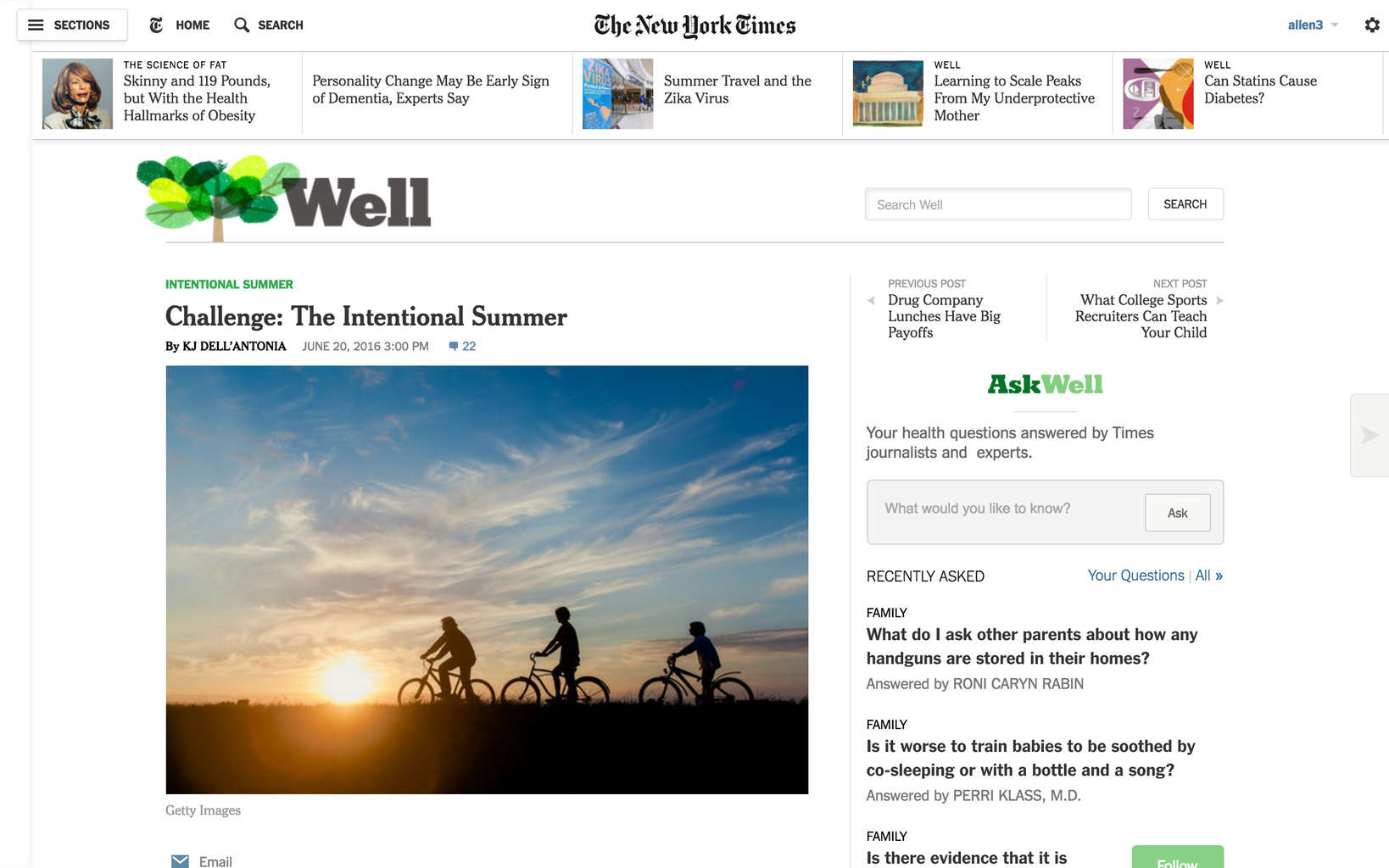This post is the second in a three-part series on rights managed photography by Allen Murabayashi, PhotoShelter co-founder and an avid photographer. Check out the first post, What is Rights Managed Photography?
There is no doubt that rights managed (RM) imagery is more expensive, and can create administrative burdens (e.g. is the license still valid? Is the usage compliant with the license?). But rights managed gives you peace of mind with the exclusivity granted by the license. An infamous Wall Street Journal article from 2006 illustrated the hazards of using royalty free (RF) imagery when two competitor banks launched ad campaigns with the same image.
Similarly, stock photography models can be overexposed leading to the same “spokesperson” representing multiple organizations and brands.
Organizations can spend millions of dollars on their marketing efforts, and it seems risky to trim expenses on foundational material like photography. RM can ensure that your organization effectively “owns” the visual for the duration of your campaign.
In truth, licensing an RM stock image isn’t so different from the way photographers you might hire would build a license. It’s very common in the commercial photography world (particularly when an agent is negotiating on behalf of the photographer) to divide the photography into three main components: 1) creative fee, 2) usage fee, and 3) expenses.
The creative fee is the expertise of the photographer to create an image. Unless you’ve structured your contract as a work-for-hire (WFH), your organization won’t own the copyright to the image. It remains a piece of intellectual property owned by the photographer, and your organization will have to license specific usage.
The usage (aka license) fee represents a rights managed license for the commissioned images. It is sometimes combined into a single line item on invoices – how the fee is broken out is usually determined by how the customer request an estimate/invoice. Here’s a redacted estimate from Wonderful Machine that is illustrative of a typical invoice.
Finally, depending on the complexity of the shoot, there are expenses. This might include scouting, assistants, rental equipment, retouching/post-production, travel, etc.
It may seem counterintuitive to hire a photographer for a project and subsequently pay to license the output. As an analogy consider when musician Sam Smith was hired to write a theme song for a James Bond film.
The producers pay for Smith to write a song (which they can presumably reject as well, and indeed a song written for the movie by Radiohead was rejected), and also paid for the usage of that song within the film. If the producers choose to also use the song in movie trailers, he is additionally compensated. If they include it on a soundtrack CD, he is additionally compensated. The producers want a specific artist, but unless they are willing to pay millions of dollars for a rights buyout, the song remains the intellectual property of Smith’s catalog.
Do RM photos look better than RF photos?
There are many sources of very high quality RF content, so the question of whether RF is “better” partially misses the point. Organizations should select photos and license types that meet their needs.
Case in point, The New York Times Health blog “Well” uses lots of RF photography from Getty Images. But a daily blog isn’t risking brand confusion by using a generic photo for a news piece.
Here’s a recent piece that uses a silhouette of bikers near sunset.
And the same image in a Google Images search that reveals it has been used at many other websites.
You are unlikely to find the same image being used in an advertising campaign by a bicycle manufacturer. The manufacturer would likely want to control the look-and-feel as well as the exclusivity of the images, therefore RF is an inappropriate license for this type of utilization.
Do I need a buyout?
Organizations will often ask for a “buyout” without really understanding the term, nor their needs. A buyout can be tens of thousands of dollars for a single image because you are effectively cutting off the future monetization by the photographer. And really, if you’re a tourism bureau catering to domestic travelers, why bother paying to secure worldwide rights in the agricultural industry?
Key Takeaways:
- A rights managed license confers a certain level of exclusivity that doesn’t exist with royalty free licenses
- There have been many instances where brands opted for cheaper RF images only to find their competitors used the same image
- An image buyout is often overkill for most situations
Check out the next post to learn how to use and manage rights managed images.






